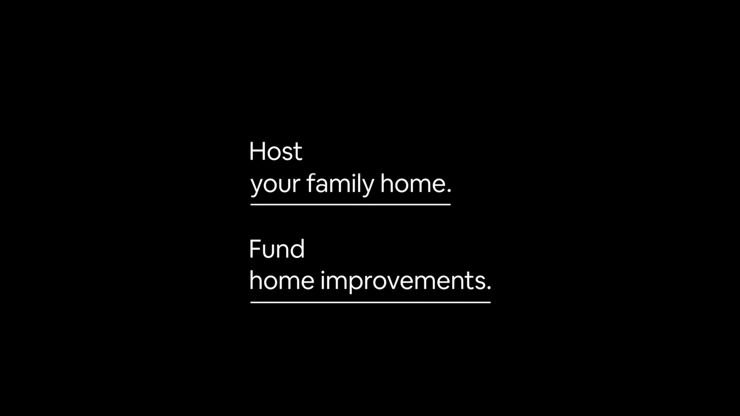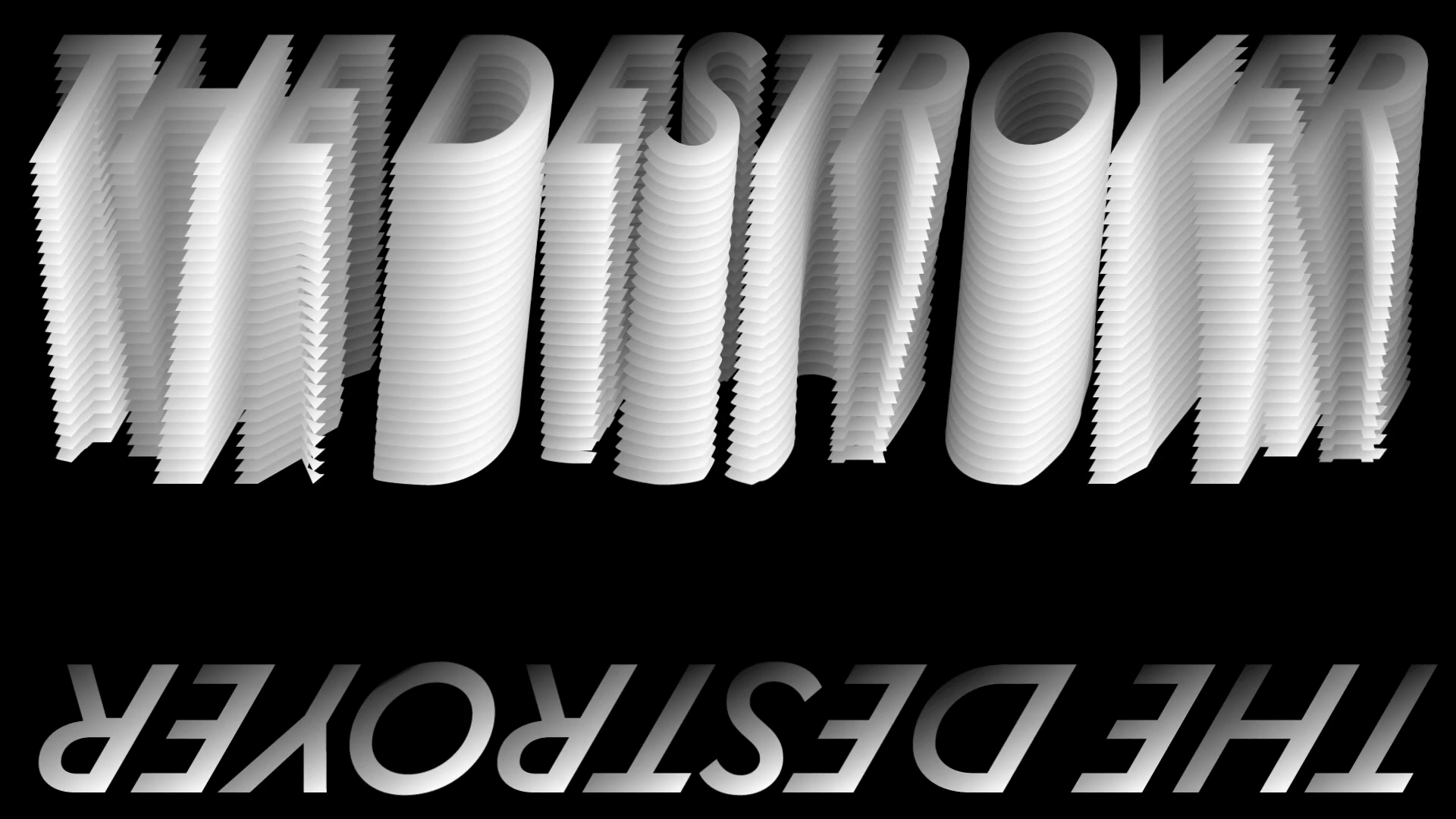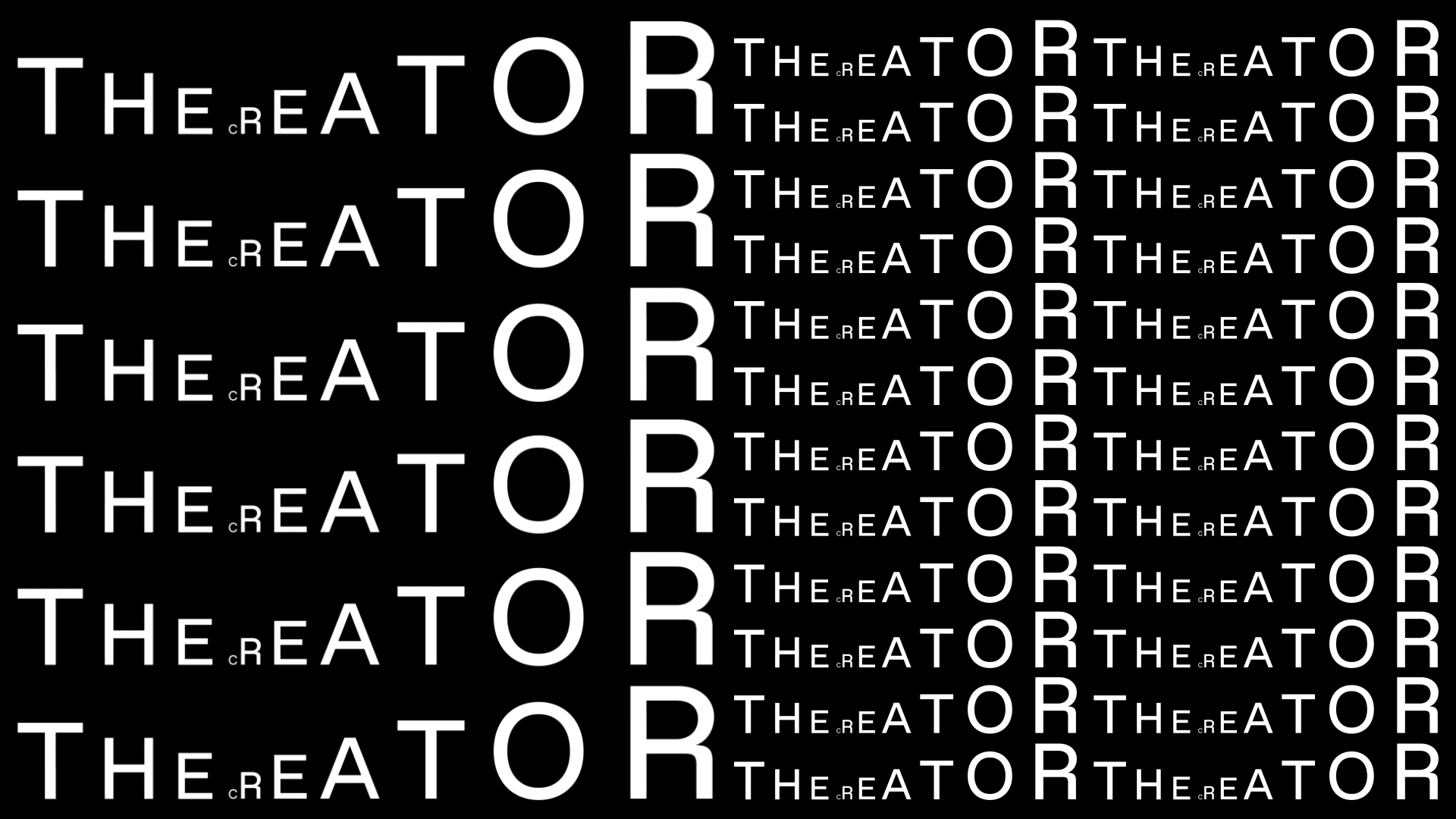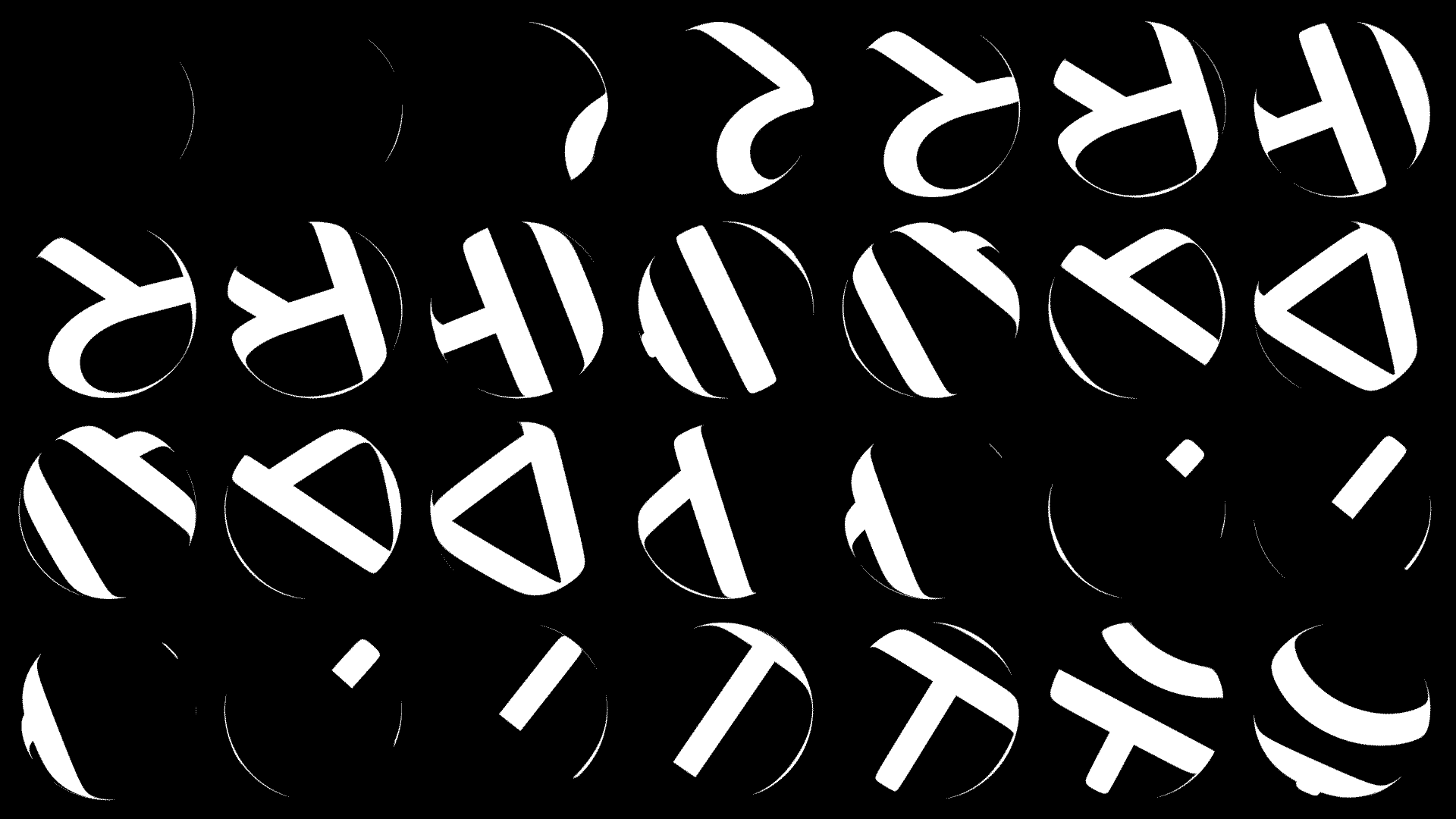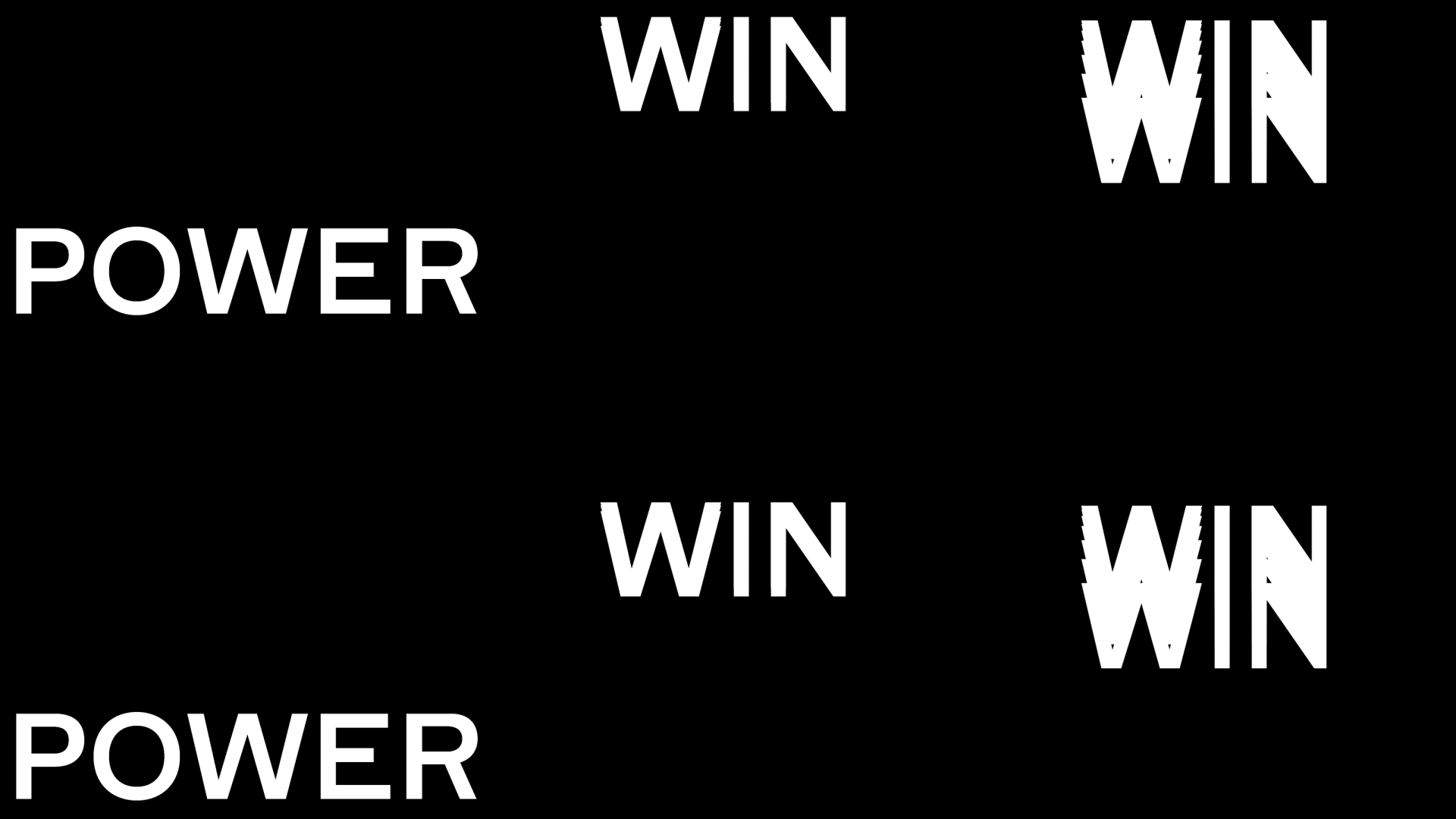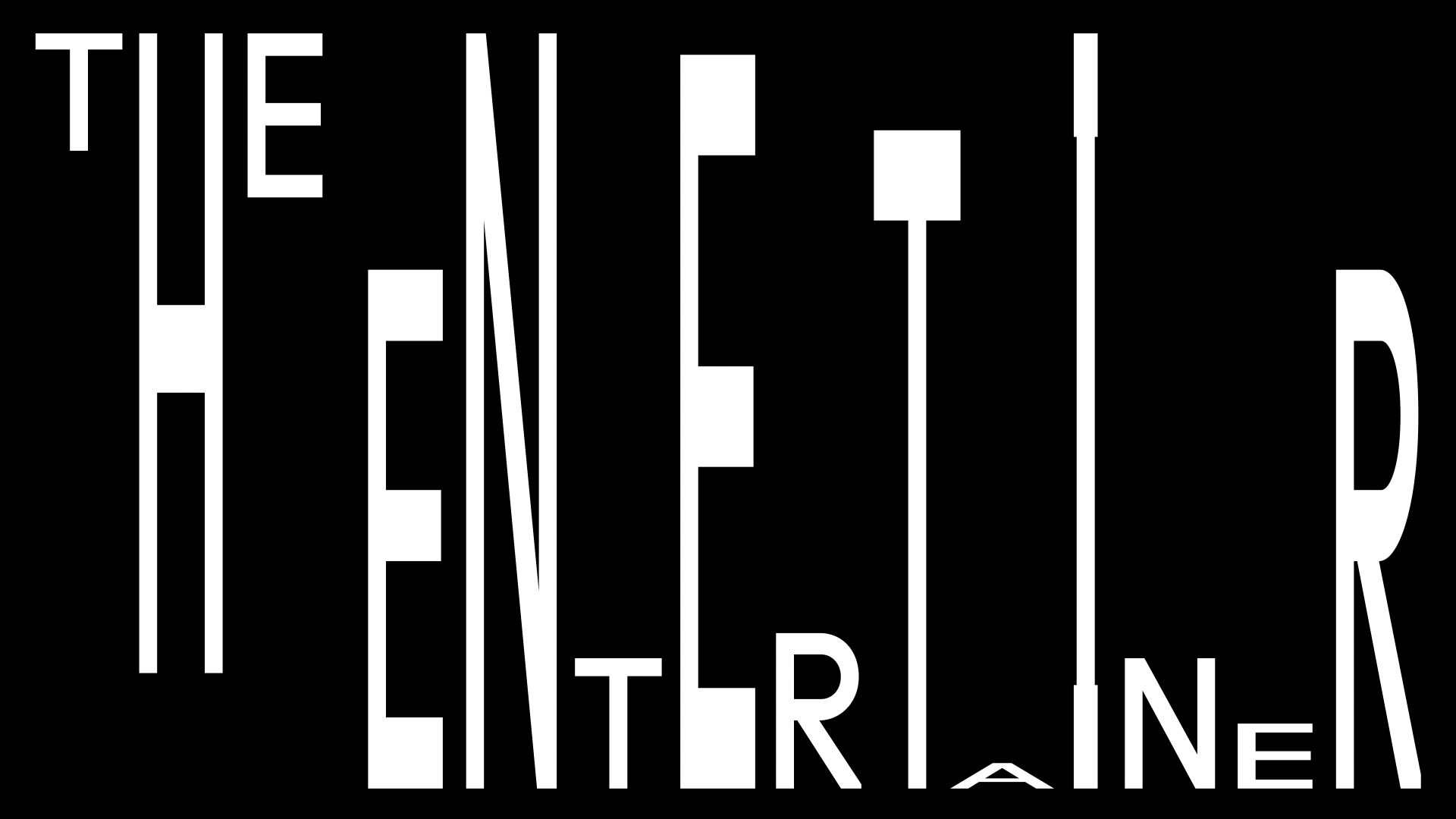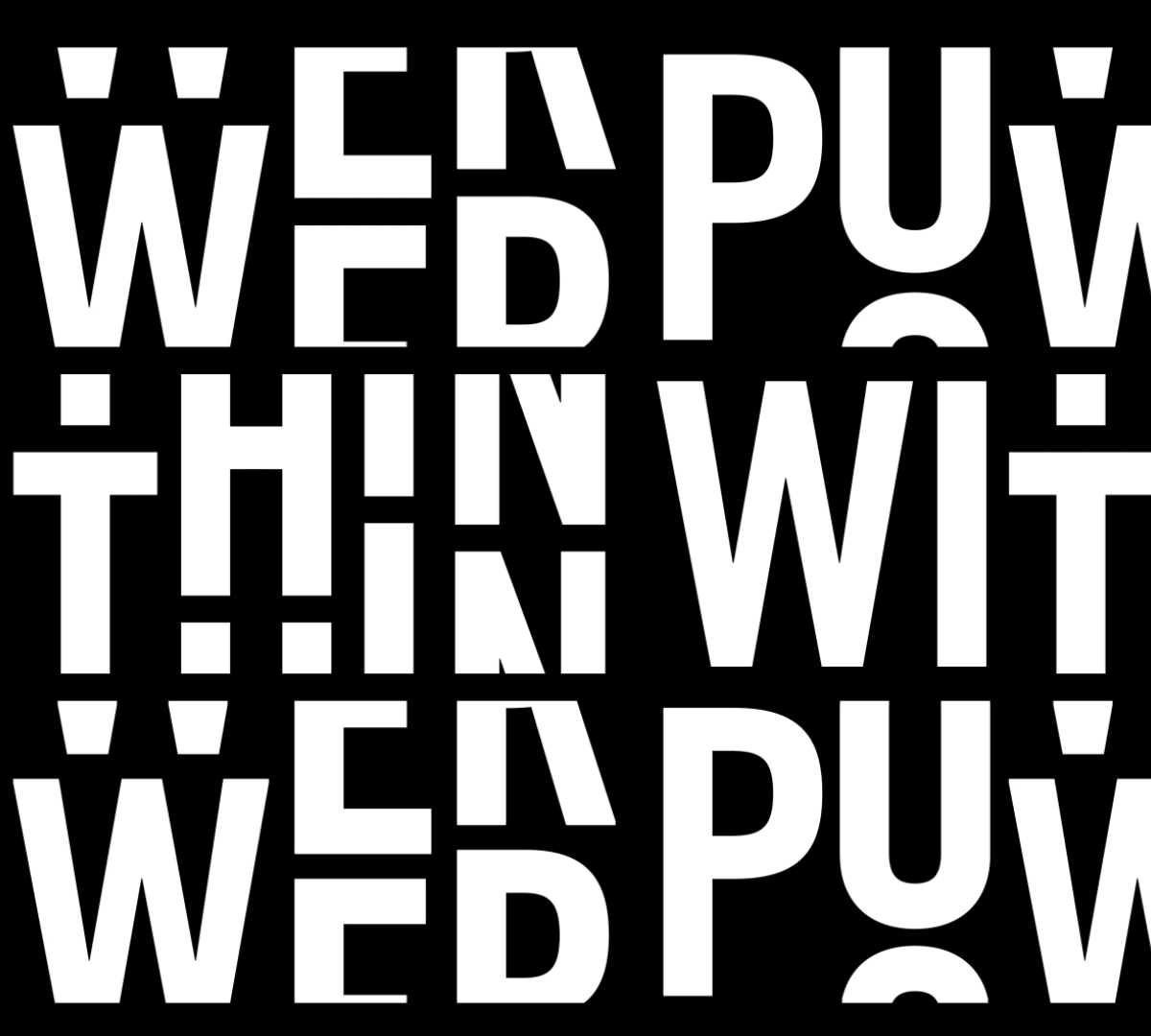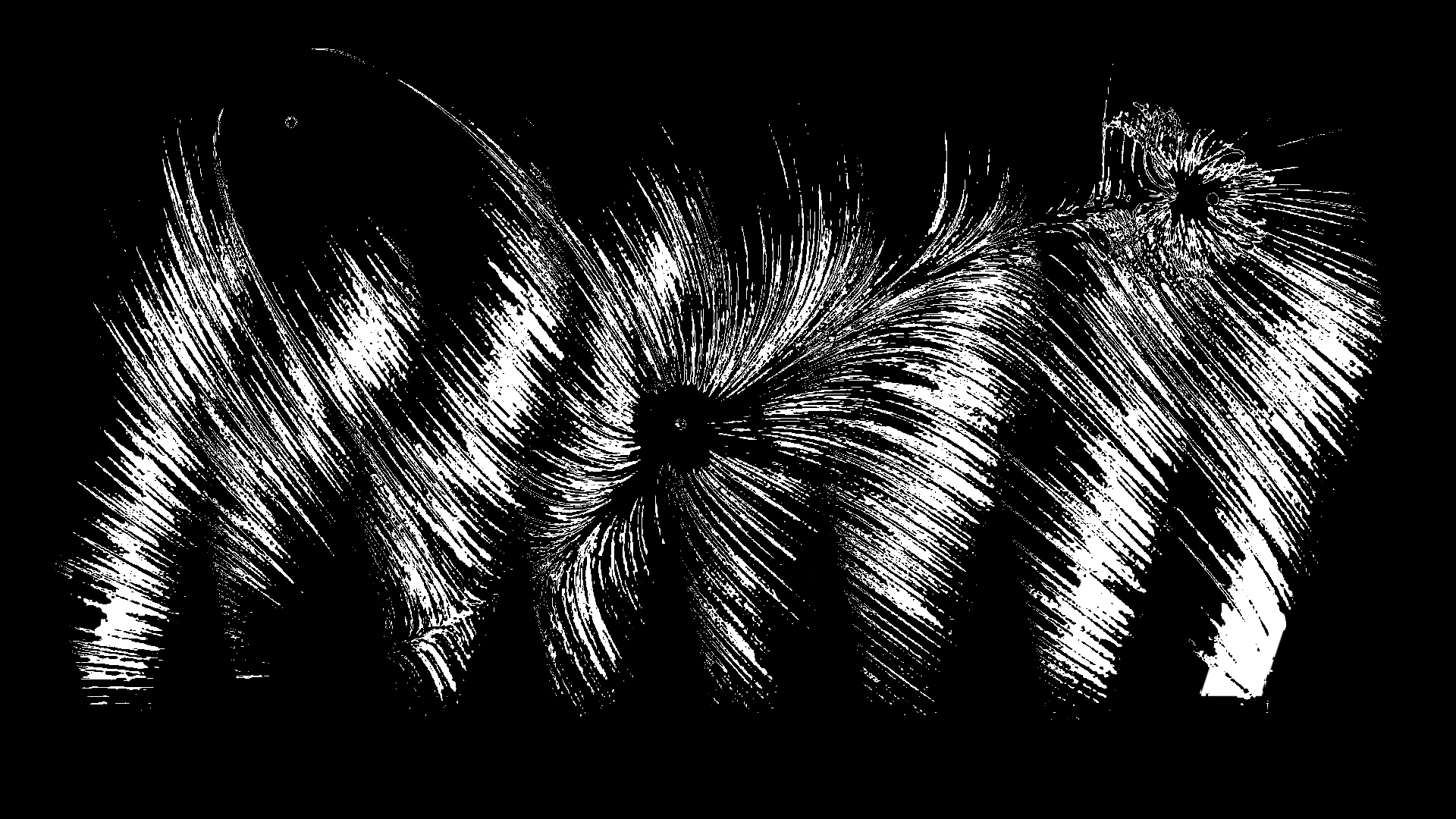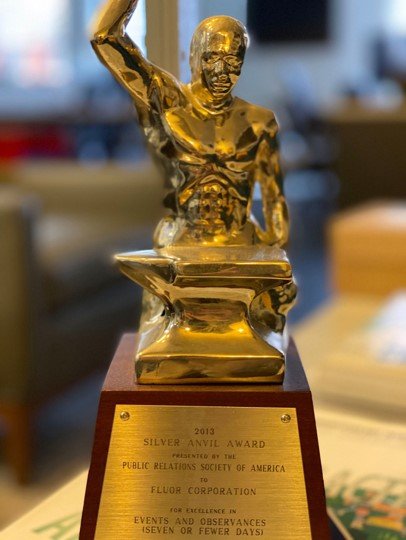In the ever-evolving world of animation, it’s tempting to dive straight into production as soon as the script is ready. However, one of the most critical yet often overlooked stages of creating impactful animations is the design phase. At Watts, we’ve worked on animation projects for a range of clients with diverse needs, and one thing remains true: the importance of carefully crafting a visual narrative before production begins.
Design: The Secret Sauce in Storytelling
The design phase is where the magic of visual storytelling begins. It's about more than just picking colors or designing characters—this is where the tone, style, and overall aesthetic are established. Essentially, it's the DNA of the animation. Clients often focus on scripts or jump straight to storyboards, but without a well-thought-out design phase, the narrative can lose its spark.
Choosing the right visual approach is as critical as the story itself. A graphic vector style offers clean lines and bold colors, delivering a modern, minimalistic feel—perfect for tech brands or explainer videos where simplicity is key. This style tends to be more budget-friendly and quicker to produce compared to more complex techniques.
In contrast, using 3D with photorealistic elements immerses viewers in a highly detailed world, making it ideal for product demos or industries requiring realism, such as architecture or automotive. However, this comes with higher production costs and longer timelines due to the intricate rendering involved. Each style not only tells a unique story but also carries its own intrinsic time and budget factors. Managing these expectations early on can make all the difference in keeping a project on track.
On-Brand and On-Point: Why Consistency Doesn’t Mean Boring
At the heart of successful animation is not just storytelling but brand storytelling. During the design phase, we ensure that every visual element aligns with the client's brand guidelines while still pushing creative boundaries. This balance is crucial for producing animations that feel fresh and innovative, yet consistent with a brand’s identity.
For example, a hand-drawn animation brings charm, personality, and warmth, which works well for brands looking to create emotional connections with their audience. This style can be labor-intensive, though, so factoring in time and resources during the design phase helps avoid production delays.
Alternatively, a mograph spot—with clean lines, typography, and simplified shapes—provides a dynamic way to break down complex concepts without breaking the bank or schedule. Choosing the right approach during the design phase ensures you stay on brand, meet your goals, and don’t encounter costly changes later in production.
The Early Bird Gets the Approval: Client Buy-In Saves Time and Money
When working with clients who have multiple stakeholders, getting everyone on the same page early is essential. The design phase is your chance to achieve this buy-in, preventing costly changes down the line. Think of it as a creative insurance policy—agreeing on the design direction upfront saves time, reduces rework, and keeps production on track (and on budget).
For example, deciding early between a 2D flat animation (which is quicker and more cost-effective) versus a 3D character-driven animation (which can create emotional engagement but requires more time and investment) allows clients to understand the trade-offs and make informed decisions. Once production begins, changing the visual approach can dramatically impact both the timeline and the budget, so nailing down design early streamlines the process.
Fuel the Creativity, Cut the Chaos
A well-executed design phase is like giving your team a creative GPS. It sets clear visual guidelines that streamline production, reducing the chances of detours and dead ends. By making design decisions upfront, you avoid ambiguity, minimize revisions, and keep the creative juices flowing without unnecessary chaos.
For instance, choosing a cel-shaded style that mimics the look of traditional hand-drawn animation can offer a fun, retro aesthetic, but it’s also faster to produce than fully rendered 3D worlds. Knowing this from the outset helps set realistic expectations for both the client and the production team.
By managing the design phase smartly, you also keep your team motivated and on track, preventing burnout from endless revisions. This thoughtful management ultimately results in happier clients, smoother workflows, and a stronger final product.
Final Thoughts: Don’t Short-Circuit the Design Phase
The design phase is a vital investment in the success of any animation project. It's where creativity meets strategy, ensuring that the final animation is not only visually compelling but also aligned with the client’s goals, brand identity, and budget. Whether you're aiming for a sleek vector animation, a detailed 3D world, or an artistic hand-drawn aesthetic, each approach tells a different story and comes with its own set of time and cost implications. Managing these variables smartly not only delivers better results but also keeps your team and clients happy throughout the process.
At Watts, we champion a thorough and thoughtful design process because we know it pays off in the quality of the final product. Looking to amp up your brand’s storytelling through animation? Let’s start with a solid design foundation and bring your vision to life in a way that truly resonates—on time and on budget.
For mote thoughts on how to design your typography, read Sean’s article on www.shots.net.






